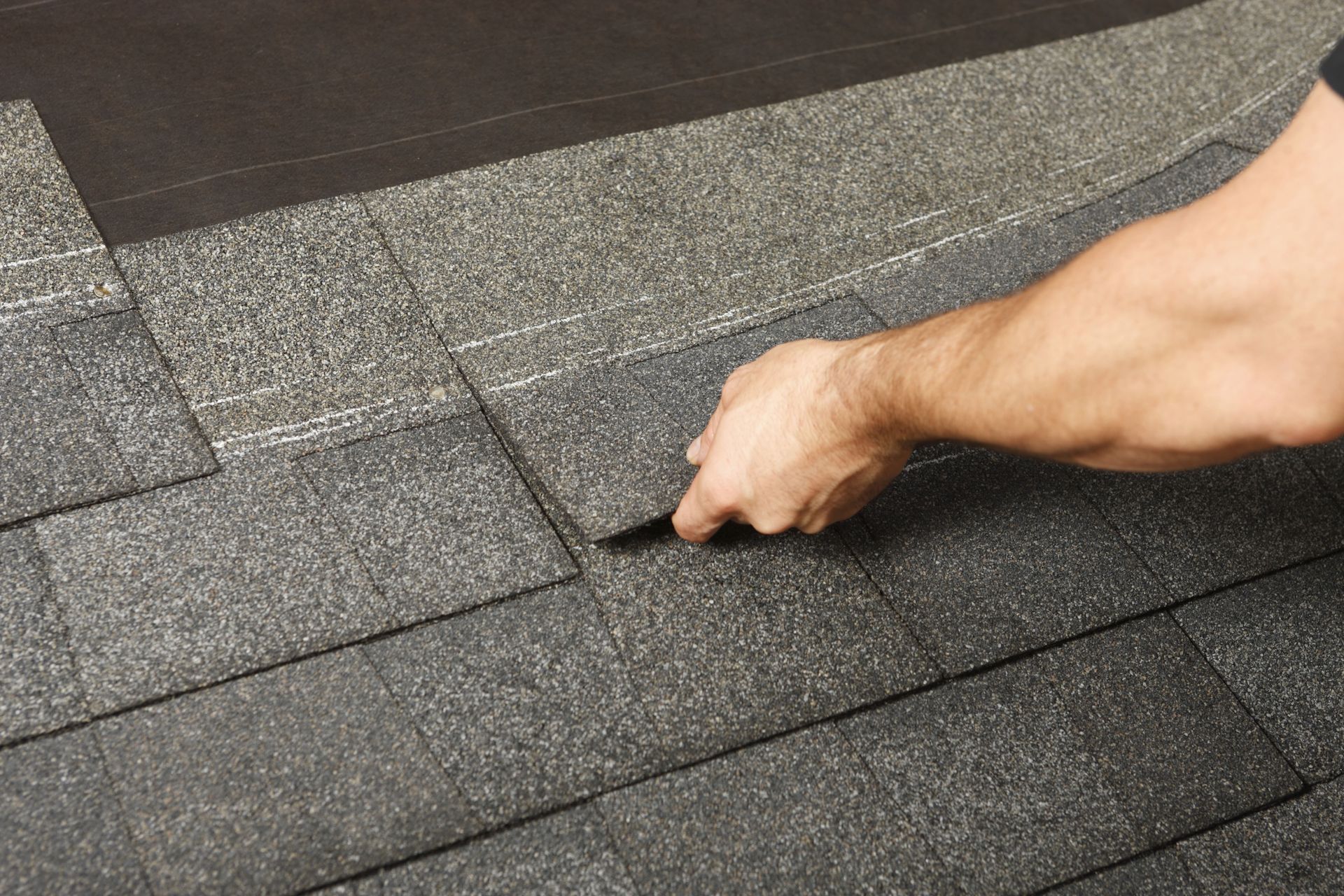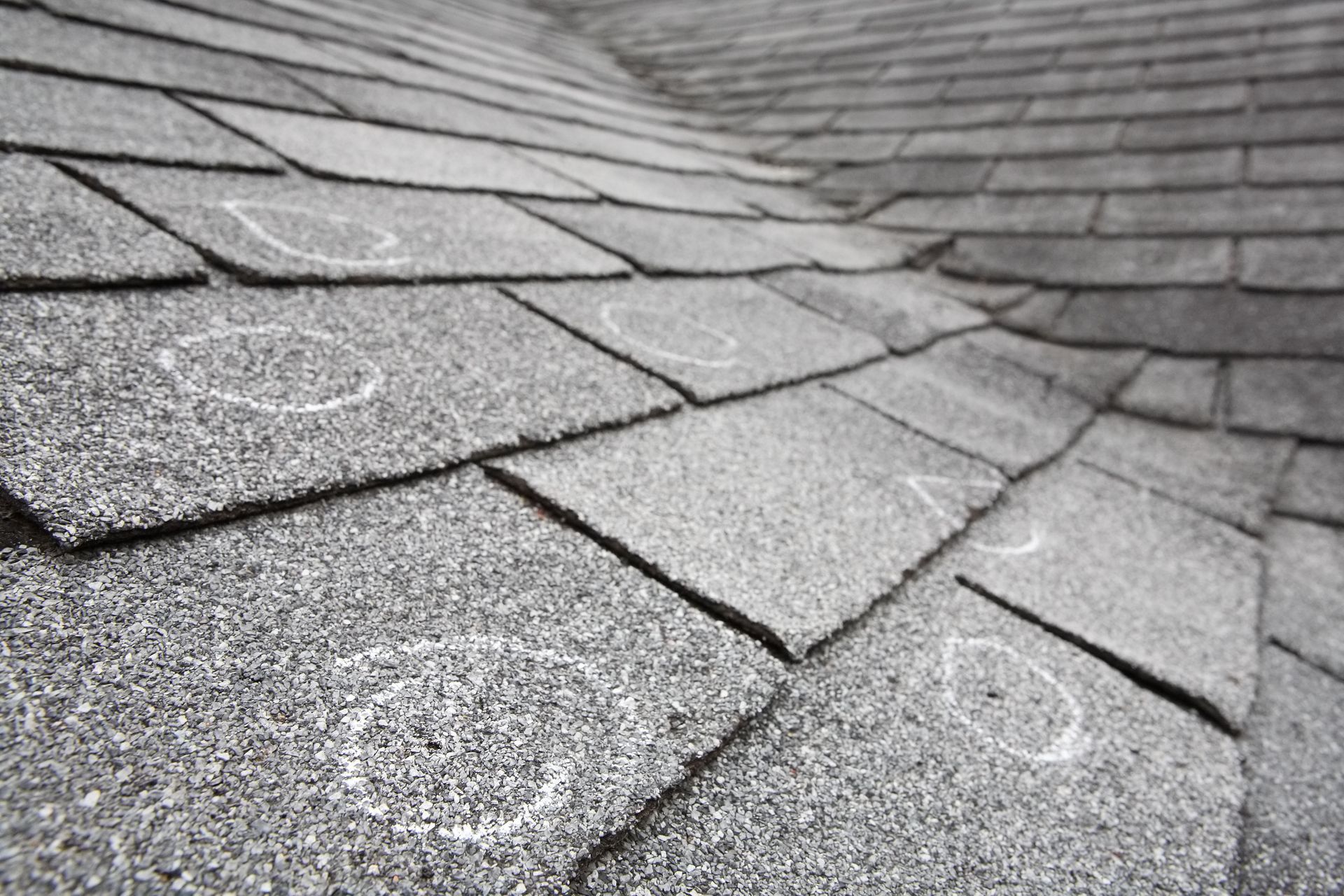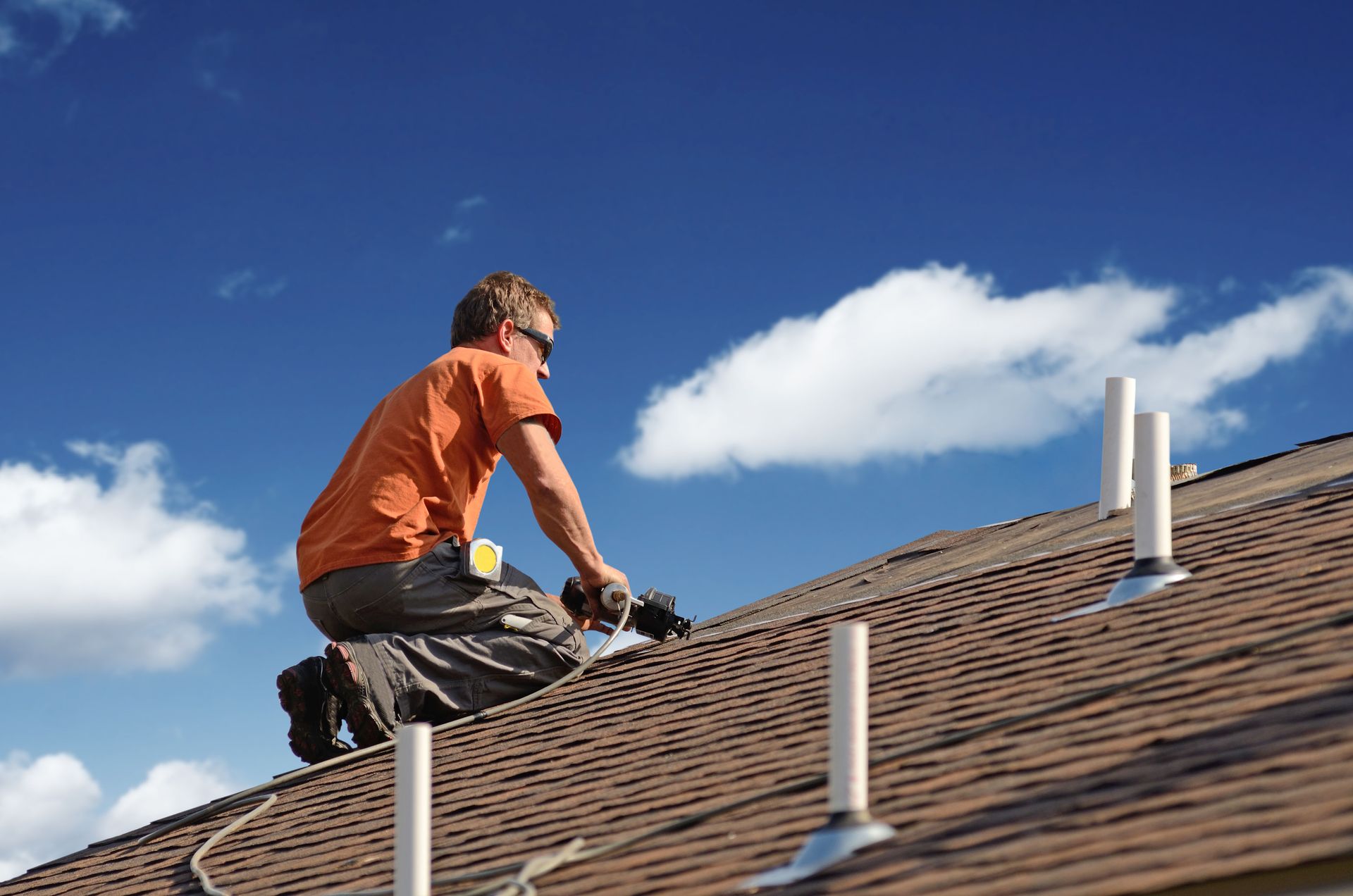Asphalt Shingle Roofs: Lifespan and Maintenance Tips
Asphalt shingle roofs are among the most popular roofing choices for homeowners due to their affordability and versatility. Despite their popularity, many homeowners are unsure of how to maximize their lifespan and maintain them effectively. There are many factors affecting the lifespan of asphalt shingle roofs, and understanding practical maintenance tips recommended by a roofing company can help ensure their longevity. By learning what constitutes an asphalt shingle roof and how external factors influence its longevity, homeowners can make informed decisions about roofing maintenance. Ultimately, this guidance aims to help prolong the lifespan of these roofs, ensuring they remain a durable and cost-effective option for years to come.
Understand the Basics
Asphalt shingles are composed of a fiberglass mat or an organic base made from cellulose fibers. These are saturated with asphalt and embedded with granules, which provide color and protection against UV rays. The granules also enhance the aesthetic appeal and help in water-shedding. The fiberglass base gives strength and flexibility, allowing for thermal expansion and contraction without causing damage. Due to this composition, asphalt shingles offer a reliable protective barrier against the elements.
Asphalt shingle roofs are favored for their affordability, durability, and ease of installation. They are available in various colors and styles, making them versatile enough to match any home's exterior. Their lightweight nature makes them suitable for most homes without additional structural reinforcement. Additionally, asphalt shingles provide effective fire resistance and sound protection. These benefits make them a practical option for many homeowners seeking a balance between quality and cost.
Having a roofing company install asphalt shingles involves preparation of the roof deck, laying down underlayment, and securing the shingles layer by layer. Proper installation is crucial to ensure weather-tightness and maximize roof lifespan. Techniques like staggered shingle placement and correct nailing patterns are vital. A professional installation not only ensures adherence to these techniques but also validates warranties. This methodical process, when executed correctly, contributes significantly to the roof's performance and durability.
Learn About Lifespan
Your roofing company can help you understand the factors that impact roof lifespan. The lifespan of an asphalt shingle roof is heavily influenced by the climate and weather it's exposed to. In regions with extreme temperatures or frequent storms, shingles can deteriorate more quickly. Harsh UV radiation, heavy rain, snow, and strong winds all contribute to wear and tear. While, according to This Old House, the typical expected lifespan of an asphalt shingle roof is 15 to 30 years, extreme conditions can shorten this range. Understanding local climate patterns helps homeowners implement protective measures to counteract these effects.
A roof properly installed by an expert roofing company offers optimal protection against the elements. Hiring experienced professionals ensures adherence to proper installation guidelines and local building codes. Incorrect installation techniques, such as improper nailing or inadequate overlap, can lead to early failure. Professional installers are equipped to handle complex roof designs and can spot potential issues before they become emergencies. This expertise helps in maximizing your roof's lifespan and maintaining coverage under manufacturer warranties.
Adequate attic ventilation and insulation are critical factors in prolonging the lifespan of asphalt shingle roofs. Poor ventilation can cause heat build-up, leading to shingle deterioration and higher energy costs. Insulation prevents heat from escaping the home, maintaining a balanced temperature in the attic. Together, they prevent moisture accumulation, which can lead to mold and rot. Proper care of these systems is essential for ensuring optimal roof performance throughout its lifespan.
Catch Warning Signs
Catching warning signs of roofing problems early is essential for your roofing company to be able to conduct proper maintenance. Curling or buckling shingles are clear indicators of roof aging or poor ventilation. These issues can arise from inadequate ventilation, old age, or poor roof underlayment. Curling reduces the roof's ability to shed water, increasing the risk of leaks and water damage. Buckling may also signify that the shingles are reaching the end of their lifespan and may need to be replaced. Addressing these issues promptly can prevent further roofing and internal home damage.
Missing or damaged shingles compromise the roof's weatherproofing capability. High winds, hail, and other severe weather events are common causes of shingle damage. Shingles that are cracked, split, or torn expose the underlying roof structure to elements, leading to leaks and water damage. Early detection and replacement of these shingles are crucial to protecting the roof and interior spaces. Regular inspections are vital in identifying and mitigating this type of damage.
Granules protect shingles from UV rays and improve water shedding. Over time, granules naturally wear off, but excessive loss accelerates shingle deterioration. Granule buildup in gutters is a sign of advanced aging and can indicate the need for roof replacement. Loss of granules exposes the sawtooth asphalt layer, making shingles more prone to the elements and reducing their effectiveness. Monitoring granule loss is critical in assessing a roof's health and planning necessary maintenance or replacement.
Water stains on ceilings, peeling wallpaper, or damp attic insulation are signs of roof leaks. Leaks often result from damaged shingles, flashing, or roof penetrations such as vents or chimneys. Addressing leaks promptly prevents further structural damage, mold growth, and increased repair costs. Professional assessment is recommended to accurately identify the source and extent of water intrusion. Implementing timely repairs safeguards the structural integrity of both the roof and home.
Moss and algae can thrive in damp, shaded environments, posing risks to asphalt shingle roofs. Moss retains moisture, leading to shingle degradation and potential rot of underlying structures. Algae, although not harmful in itself, can cause unsightly staining. Regular cleaning and moss control treatments help prevent these issues. Installation of zinc or copper strips can also inhibit moss and algae growth, maintaining the roof's appearance and longevity.
Perform Regular Maintenance
Clogged gutters and downspouts can lead to water backup and roof damage. Regular cleaning, especially in autumn and spring, ensures proper water drainage from the roof. Debris such as leaves, sticks, and dirt can accumulate, disrupting water flow and causing overflows. Water accumulation from clogged gutters can seep under shingles, leading to leaks and water damage. Proper maintenance of gutters and downspouts prolongs roof life and prevents structural issues.
Debris accumulation on the roof can trap moisture, leading to shingle deterioration. Leaves, branches, and dirt can build up over time, creating pockets of dampness. Regularly removing debris eliminates these potential problem areas, aiding in proper water drainage. A professional roofing company should be hired for these tasks to prevent damage to the roof during debris removal. Keeping the roof clean helps in maintaining its functionality and appearance over time.
Overhanging branches pose a risk to asphalt shingle roofs by causing physical damage and promoting moss growth. Fallen branches can scratch, puncture, or rip shingles, while shaded areas retain moisture, encouraging moss and algae. Regularly trimming back branches ensures that they remain a safe distance from the roof. This practice not only protects the roof from damage but also discourages unwanted wildlife attracted to overhanging vegetation. Proactive trimming is a simple yet effective way to preserve roof integrity.
Asphalt shingle roofs offer a blend of durability and cost-effectiveness, making them an ideal choice for many homeowners. To maximize their lifespan, it is crucial to understand the various factors affecting their durability and to implement meticulous maintenance practices. By being proactive in maintenance and strategic in repairs and upgrades, homeowners can ensure that their asphalt shingle roofs remain in optimal condition for years to come. Understanding how to protect and enhance this investment allows homeowners to make informed decisions. Maintaining an asphalt shingle roof requires a blend of vigilance, knowledge, and timely intervention, ensuring its longevity and performance. When you're ready to work with an experienced roofing company for your maintenance needs, reach out to Lake Michigan Construction & Roofing.





Share On: